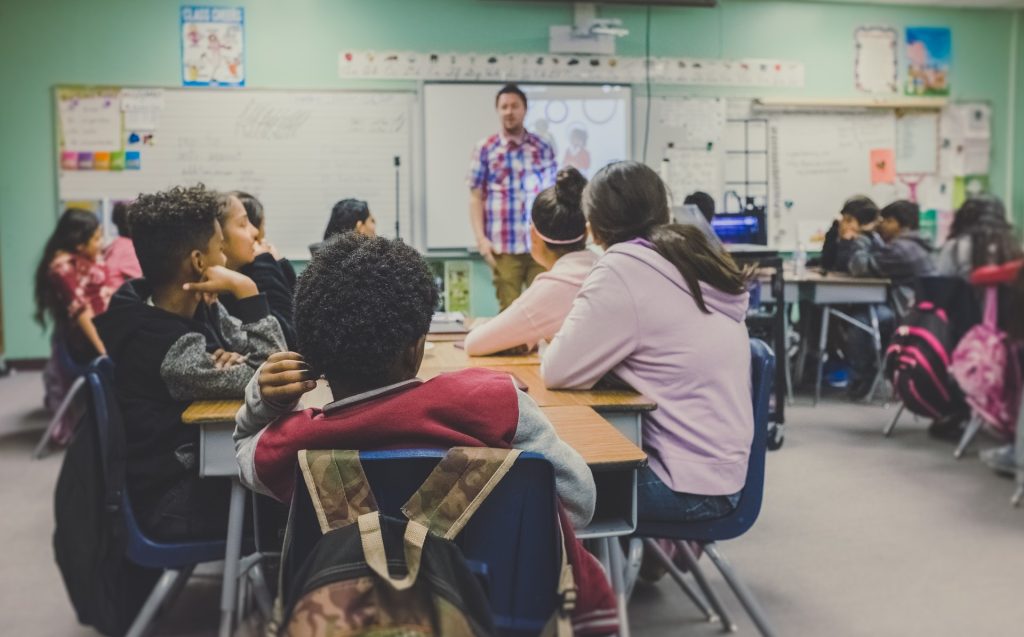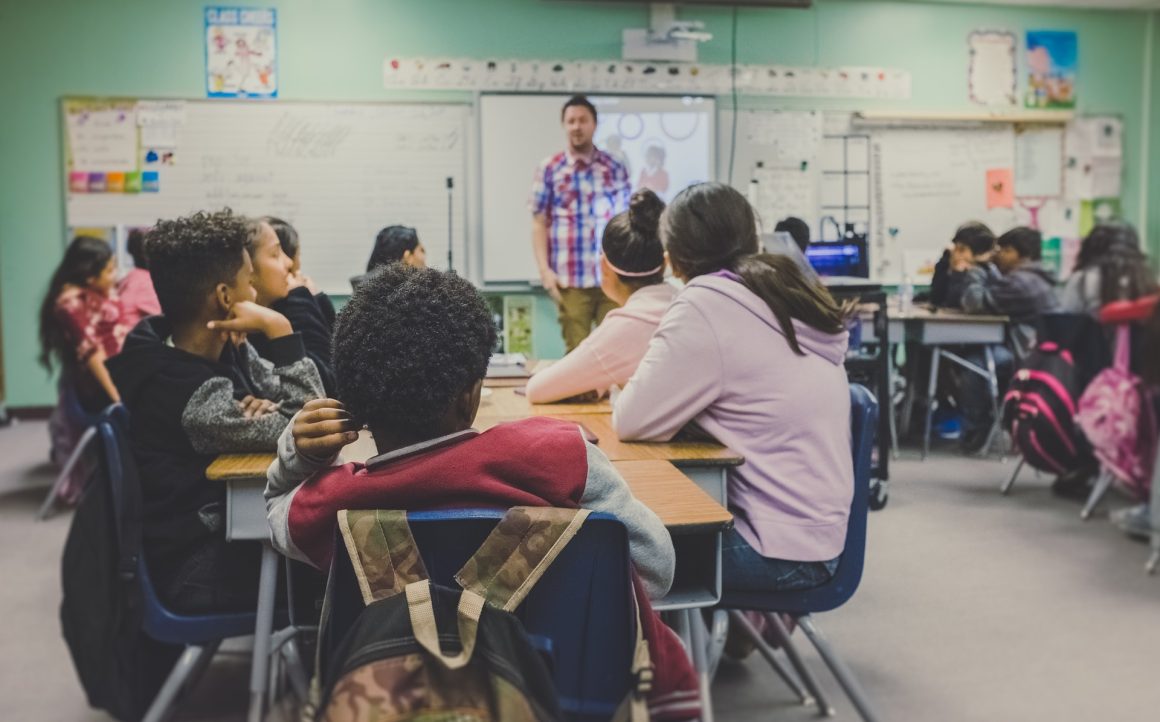
Many educational institutes require students to undergo a physical examination at school before they get admission or before the beginning of a new term. A physical checkup is essential for the well-being of a child and for the health of everyone else. The physical examination inspects the overall health condition of the student. It includes medical history, vaccination, posture assessment, test for vision and hearing, and joints and organs. The physical assessment makes it clear that if any student needs any special care considering his/her health condition. Physical exams can be performed by a school physician; however, most students are checked by their own physicians.
Why physical exams are important?
A student should get a medical examination before starting school for a variety of reasons. All of them entail safeguarding individual children as well as their classmates. School health checks are essential for detecting any health complications that your child may have, as they ensure all aspects of his or her health. Doctors can get a thorough picture of your child’s health and growth using several health reports. As a result, healthcare professionals will be able to have a better picture of any concerns and take the necessary preventative actions. The doctor decides whether the student:
- Is suffering from a contagious illness.
- Is growing normally.
- Requires any hearing aid or other devices.
- Is up to date in vaccination.
- Is susceptible to a certain medical issue.
- Is healthy and safe.
- Needs any kind of medical attention during school time
The physical examination procedure
The physician will conduct a physical examination during which he or she will:
- Examine your child’s medical history.
- Measure blood pressure, heart rate, weight, and height.
- Examine the neck, spine, shoulders, arms, wrists, elbows, knees, legs, and feet of your child.
- Check for any abnormalities in the eyes, ears, nose, throat, lymph nodes, heart, lungs, and stomach.
Other examinations, such as for lead or hepatitis, may be conducted depending on the state, the school, and the age of the student. If vaccines are required, they may be given at the time of the school physical.
School physicals at different ages
The purpose of a school medical is the same at any age, but as your kids get older, you can expect changes to the procedures followed.
Children in preschool and kindergarten should have all their vaccines up to date before starting school, and they should learn what to expect at the doctor’s office and how to make their health a priority in their lives.
Physical examinations for children in elementary school educate them on how to be healthier and aware of their bodies. Most children are also eager to see how much they have progressed from their last visit.
Exams become more difficult in middle school since children go through several changes between the ages of 11 and 14. The doctor would also provide advice on how to manage this period of significant development with as much information, strength, and self-assurance as possible.
High school learners are almost willing to step up in their annual physical examinations. They will receive the resources, tools, and assistance they require from the doctor in making optimal choices for themselves.



Leave a Reply